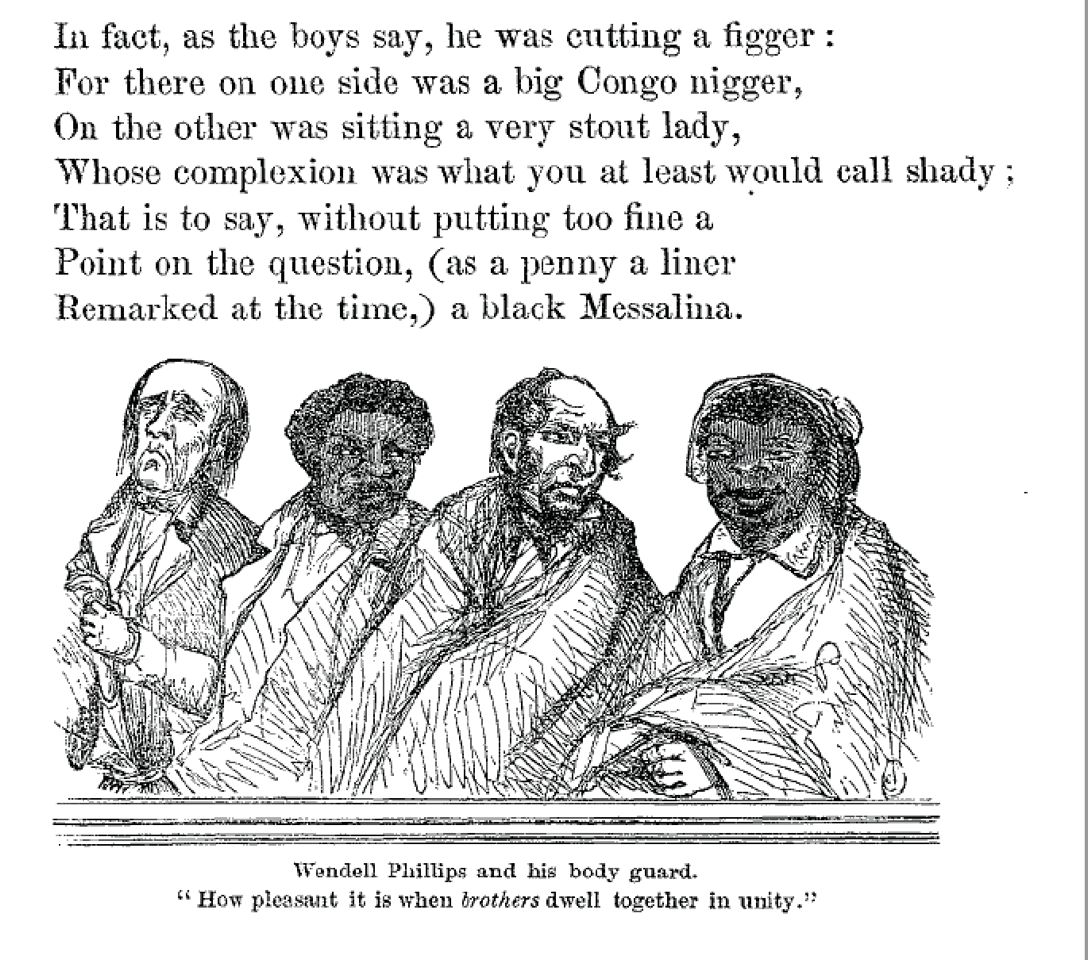Abolition Acre Responses from some of the “walk ‘n talkers”, July 18:
“Will we mark these spaces? Will we salute the courage of those who challenged the shame and hypocrisy? Will we help spread the word of the courage shown here? In AA, we will. “A nation is judged not merely by those it produces, but by those whom it chooses to honor” JFK Francis
“I was inspired and left with hope that the AA is woven into BPS elementary school curriculum. What a gift to BPS children to be informed about the long and rich history of Black Bostonian’s resistance to oppression and the role of white allies. ” Fran
“Abolition Acre has more history to tell a greater view of importance of that part of town.” Frank
“I do hope that Scholars will join to bring this history of life. — never walk by the courthouse w/o remembering the disgraceful actions who imprisoned Burns.” Ann
“It’s always a bit of a thrill to stand in the actual location where a historic event took place, and Abolition Acre is full of such locations.” Edith
“Lost history comes when the story line stops and a new one replaces it. The significance of a place like Abolitionist Acre relates to the history we value and remember. If we can pass that along and impress that story on another person that energy will persist a little longer. We are intent on learning those stories which enrich our lives with color and meaning since we see history as reoccurring. We look backwards to see more clearly what is happening to us now. …… Let’s use our perspective as historians to act as futurists to create a better society for all of us to enjoy. Thanks for showing us the place where so much important history occurred. ” –Frank
“Not one plaque, not one marker of any kind, acknowledges the stirring and disturbing events which occurred in the places you took us Saturday. Yet so much of what took place is so positive, and speaks so well of the participants, white and black, men and women, together. To me, the derelict alley way, the broken pavement around city hall plaza, is an apt metaphor for the blind eye we turn to our own history, or at least those parts of our own history that are not pretty to observe. ………..I am well aware that elsewhere in the city – the African Meeting House, the statues of Garrison, Phillips, Tubman, the fine plaques to Stewart and Walker to name a few – this history is highlighted. But that is not enough. At the very seat of the city’s government, physically right where many of the key events took place, this painful, but also inspiring history is ignored. ” Francis
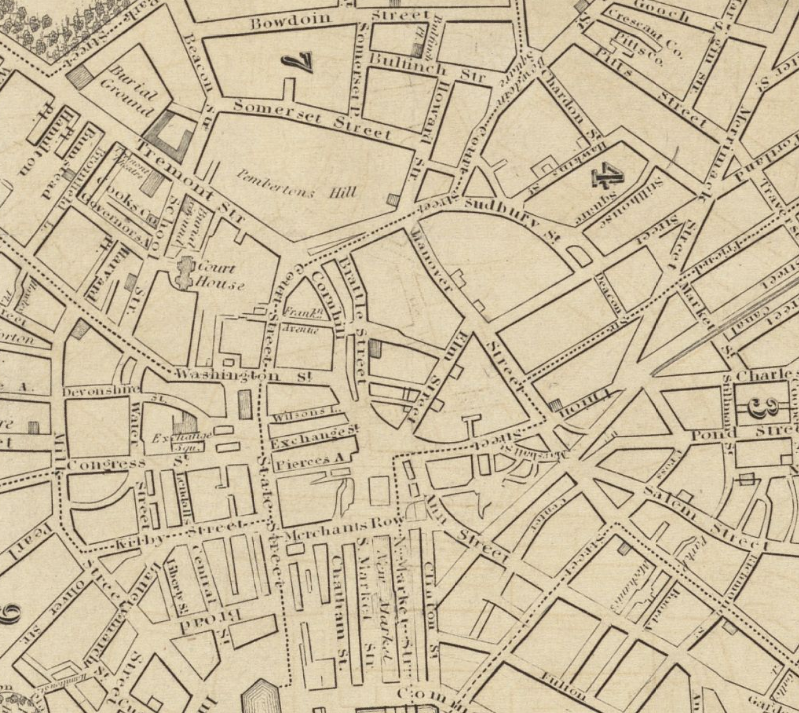
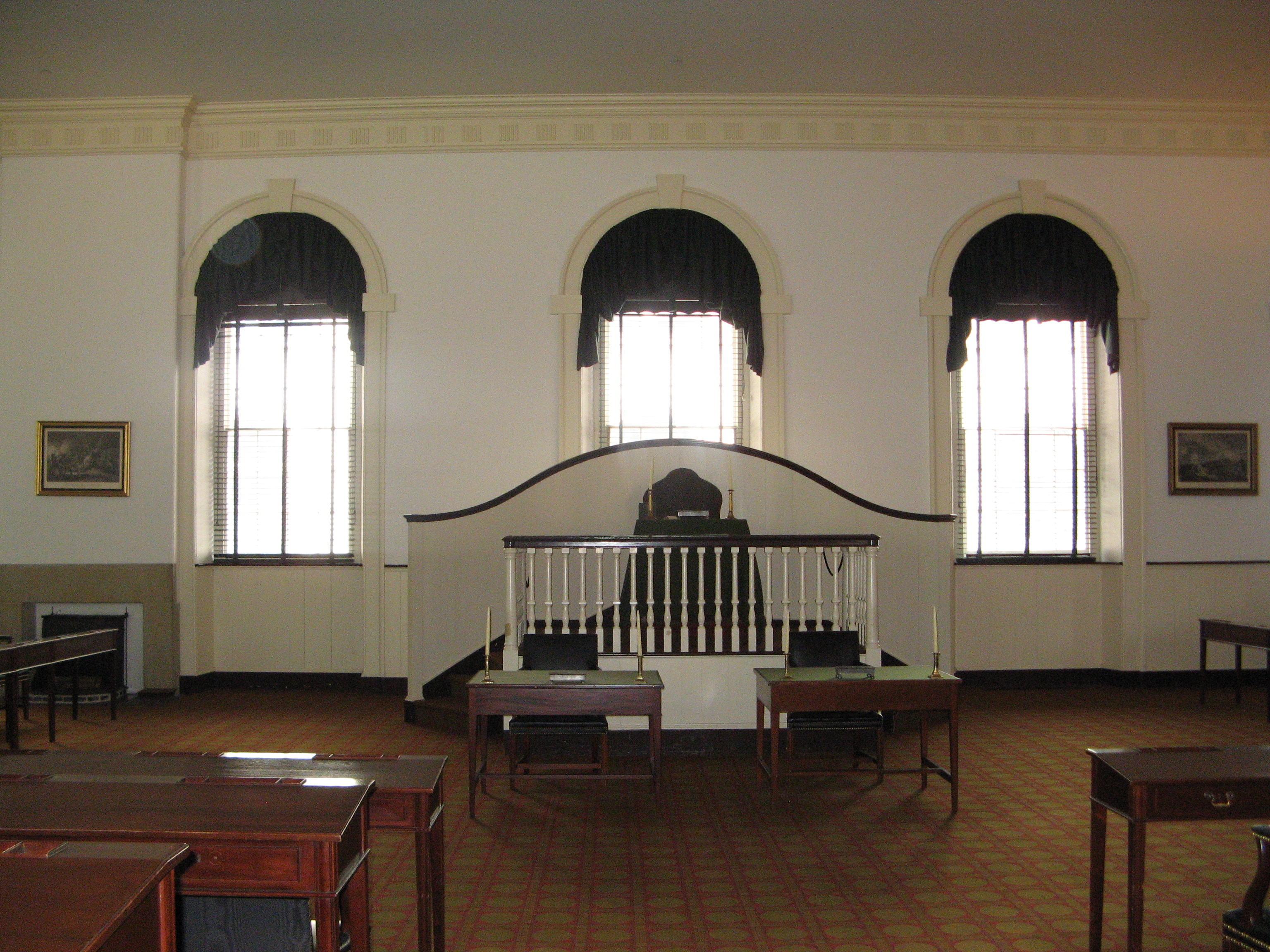
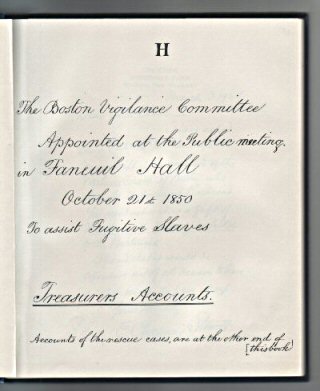
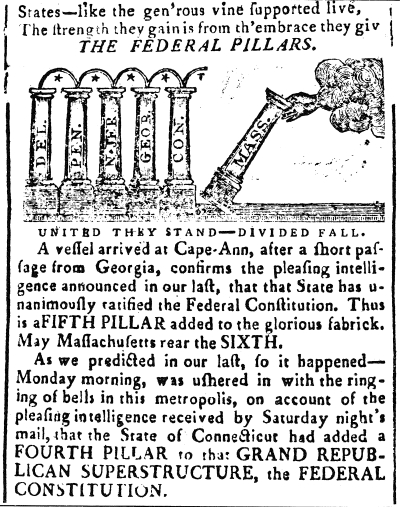
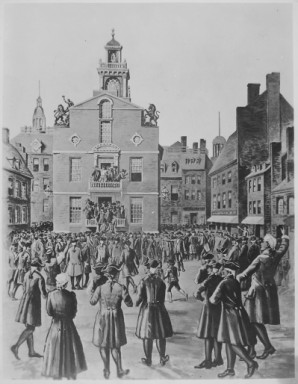 Massachusetts, July 18, 1776
Massachusetts, July 18, 1776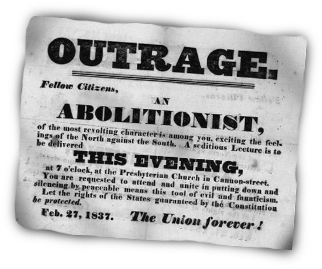 the founding of the nation. Abolition was clearly an “Outrage” to the founding convictions . Here is an 1837 ad the Union Forever.
the founding of the nation. Abolition was clearly an “Outrage” to the founding convictions . Here is an 1837 ad the Union Forever.